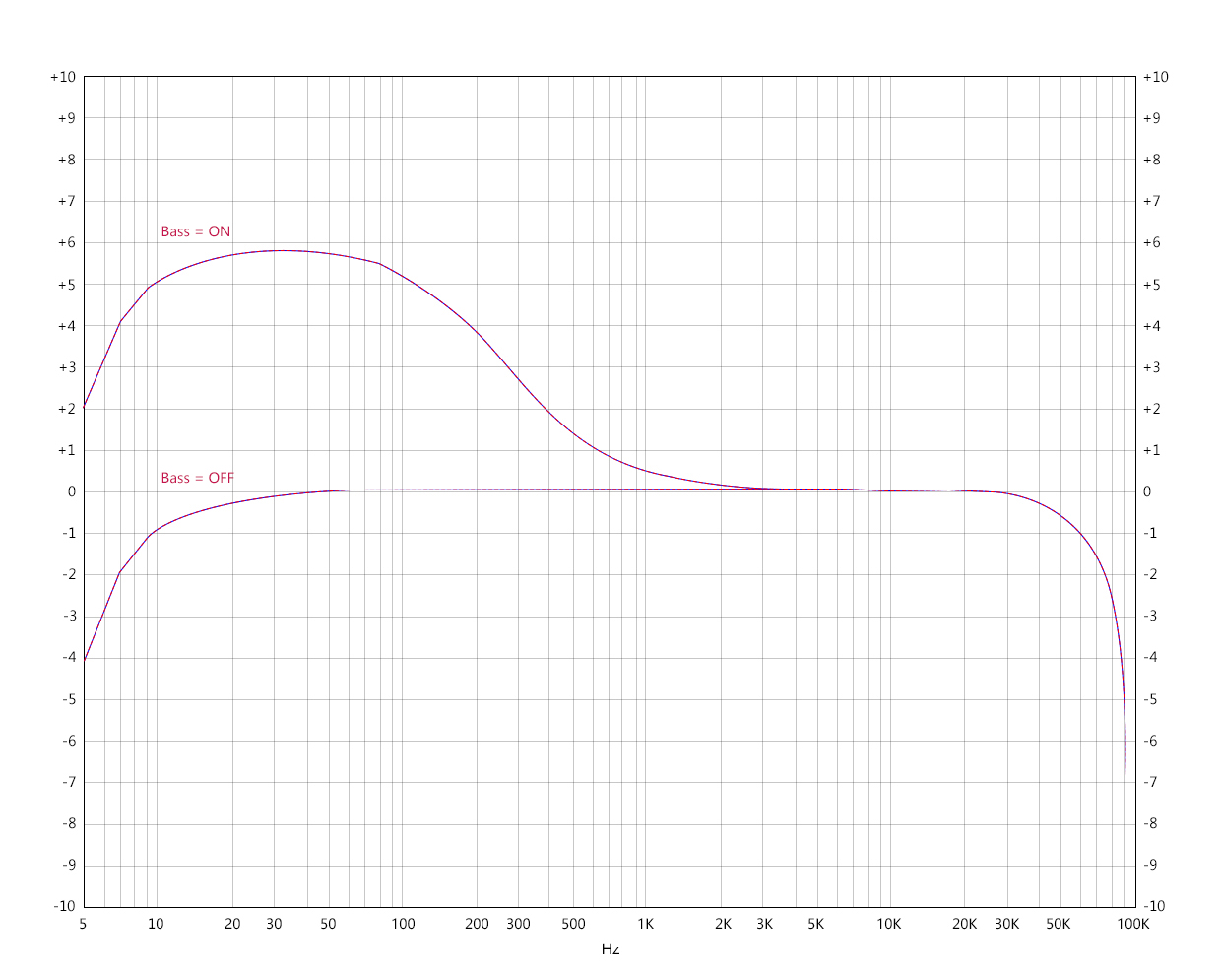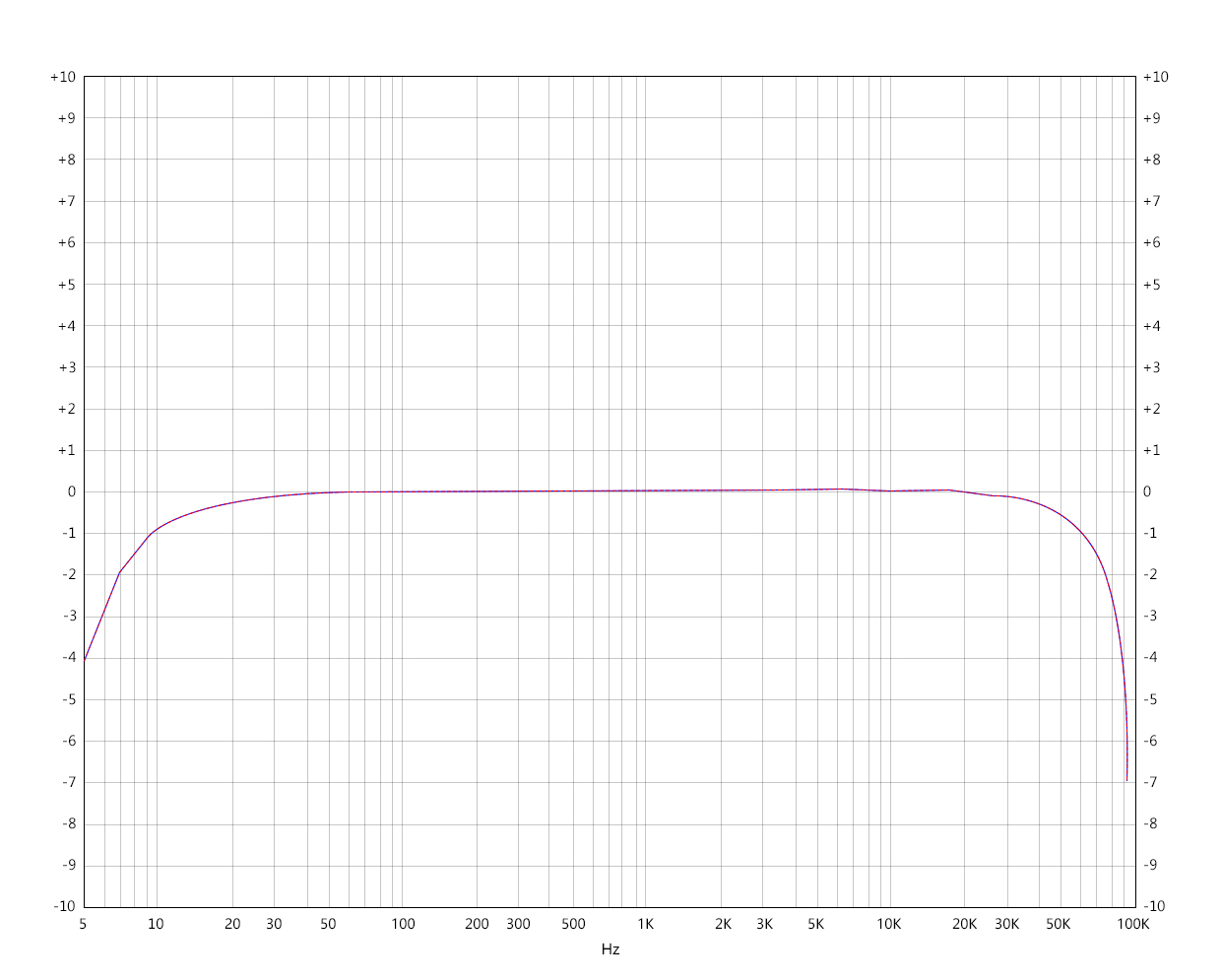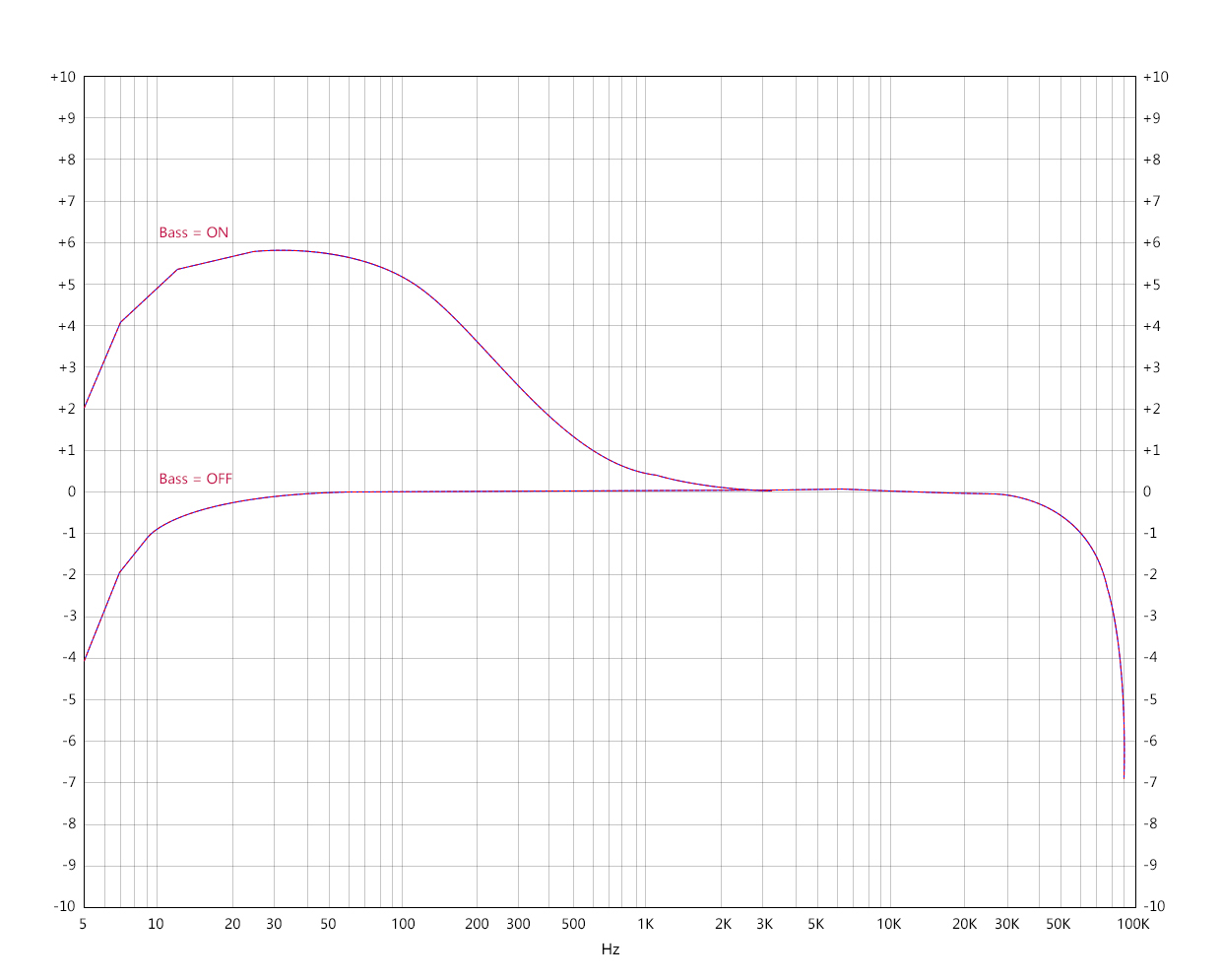- 2 USB audio modes
- PCM384k/DSD256 decoding
- Dual headphone outputs Dual digital audio outputs
- ADC volume control
- Connect it to a desktop computer
- Use the driverless 1.0 mode for business trips
- Make it a digital turntable connected to an external decoder
- Connect it to a speaker, using the K3 as a DAC
Equipped with an XMOS USB receiver chip, the K3 is capable of decoding up to 384kHz/32 bit PCM and native DSD256 – the same as many DACs costing much more. The K3’s dual crystal oscillators ensure that any digital audio signal being fed into the DAC are exactly correct for further enhanced sound quality. Just connect the K3 to your computer via USB to instantly upgrade to high-fidelity sound, and enjoy your music the way it was meant to be heard.
The K3’s well-thought-out internal design consists of two main layers, working together perfectly in harmony. Digital processing is carried out by the high- performance AKM AK4452 with 32-bit VELVET SOUND technology and fully differential outputs for true balanced output, while the analog signals are handled and amplified by a design consisting of LPF/voltage amplification and a current drive circuit.
The combination of the proven OPA926 with its low-distortion, low-noise, and high output swing along with the professional-grade TI OPA1612 acting as the low-pass filter (LPF) ensures the K3 effortlessly provides highly resolving sound, pumping out 320mW at 16O from the balanced output.
The K3 adopts the modern USB Type-C input interface for a more reliable and stable connection, including that of power. However, care to ensure an uncompromised power supply doesn’t stop there – the K3 implements overvoltage protection (OVP) and a double-filter circuit to ensure power supply stability, while the digital and analog audio circuits each get their own power supply to greatly reduce crosstalk.
The secret to effectively eliminating channel volume imbalances is to use an ADC volume control, which is implemented in the K3. Plus, an added side benefit is that by reconstructing the ADC curve, the user is able to smoothly adjust the volume to a more accurate and finer degree, allowing the K3 to be used with headphones of all kinds of sensitivity for a variety of listening needs.
The switch for high and low gain ensures that you can use the K3 with a wide variety of headphones, and that your listening volume needs are covered. The hardware bass boost switch enhances the dynamic range of the lower frequencies and gives them some extra punch to really make your songs, games, and movies come to life.
The all-aluminum black body has been painstakingly CNC-machined, anodized, and sandblasted to ensure that the K3 feels robust yet perfectly textured for a great feel in your hands. Combined with its small size, you can easily take the K3 wherever you need to.
Sometimes, you may not have access to a device that can connect to the K3 via USB Audio Class 2. In these situations, you can go to USB Audio Class 1 mode with just the flick of a switch.
The volume knob, with 45° notches etched onto its surface and perfectly sized to allow easy one-finger operation, is designed to perfectly blend in with the curves of the K3’s body for a distinctive touch. Next to the volume knob is an RGB light that indicates what kind of digital audio is being input to the K3, visually confirming what you are hearing in your music.
Being optimized for indoor desktop use, the K3 is equipped with both 3.5mm single-ended and 2.5mm balanced headphone jacks. Both outputs have audio jack detection, which means that when headphones are inserted into the balanced out, balanced boost automatically kicks in resulting in about a 50% output power increase compared to the single-ended out.
The 3.5mm line out is driven directly by the OPA1612 op-amp, to ensure as little sound quality reduction as possible. The line out output is also adjustable with maximum power output up to 2Vrms, to ensure compatibility with a wide variety of active speakers and external amplifiers.
The XMOS USB receiver chip in the K3 directly converts any USB audio input to digital signals output via the coaxial and optical connectors, allowing you to connect to speaker systems, amplifiers, or other external decoders.
 Skip site navigation
Skip site navigation










